
Today in pulp... how the East German Stasi waged war on the Commodore 64!
We'll need to take this story one byte at a time. Komm mit mir...
We'll need to take this story one byte at a time. Komm mit mir...
In the 1980s if you wanted a home computer behind the Iron Curtain you had two choices: buy a locally produced clone of a Western one... 
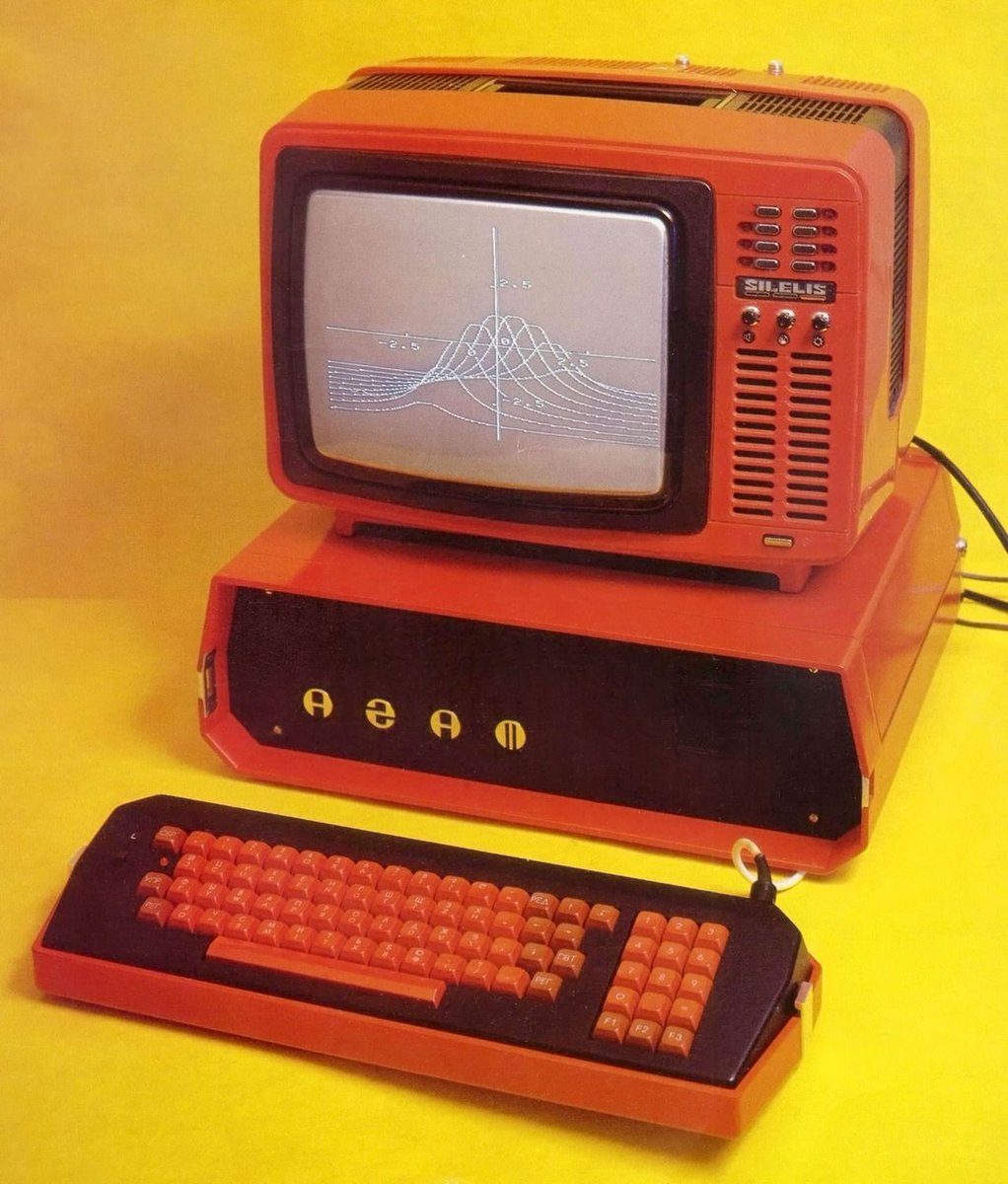
...or navigate your way around import controls and try to get a Western one. It was tricky, but it was possible. 

And if you were an East German with relatives in West Germany then you could try to bring one back with you if you had permission to travel. Many did, and one computer in particular proved very popular... 

The Commodore 64 was robust, popular and widely available in West Germany. Although you needed a special Commodore tape recorder you could still plug it into any TV. It became the Western micro of choice for the lucky few in East Germany who could get one. 
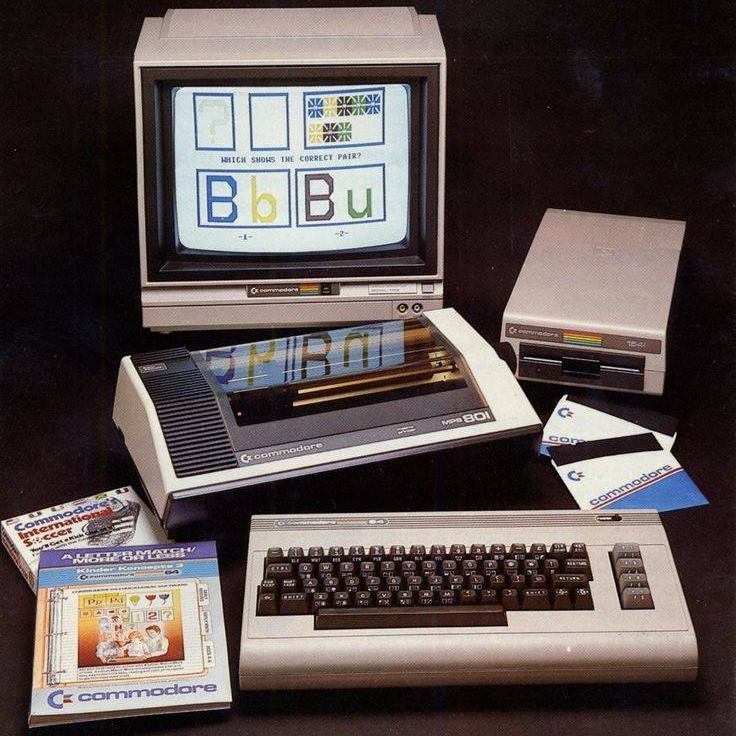
Plus you could type in your own games from listings in Hobby Computer, West Germany's favourite computer magazine.
But some East German users wanted something more...
But some East German users wanted something more...
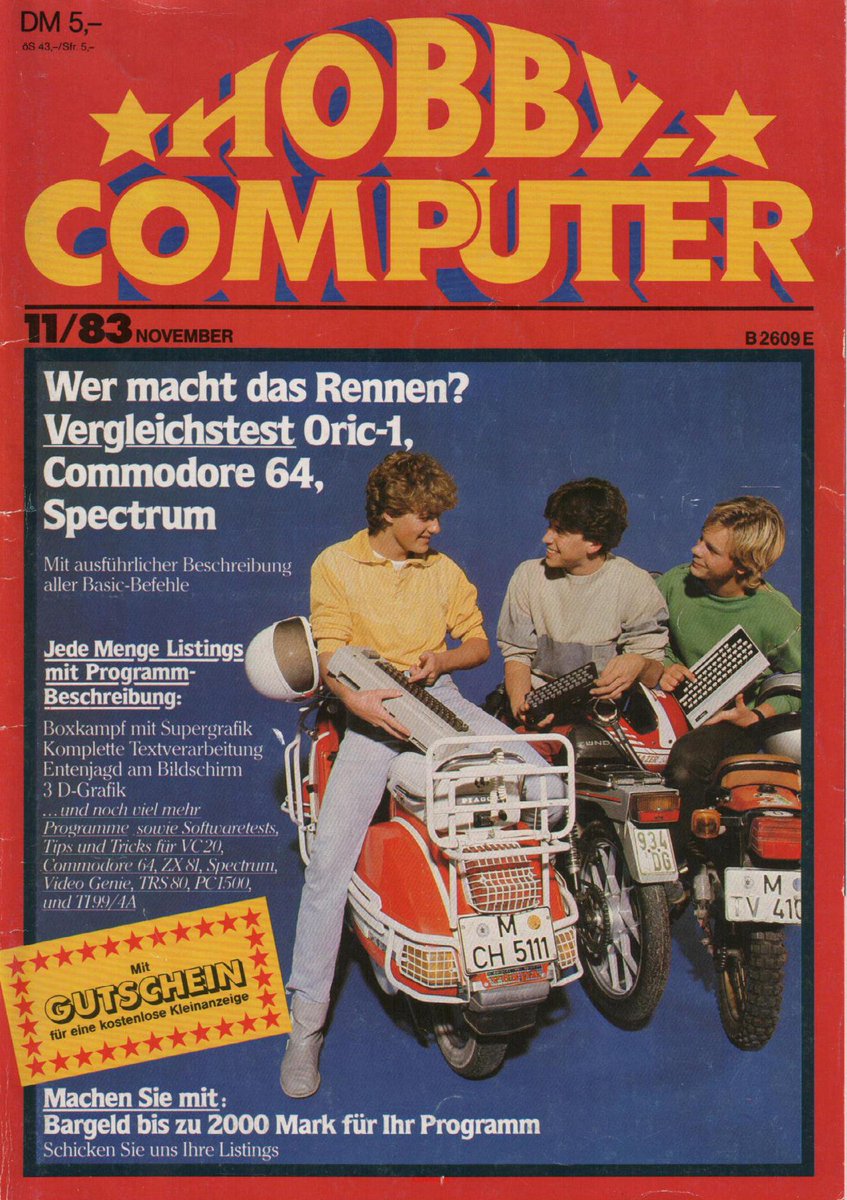
Games! East Germany didn't recognise Western copyright laws, so copying home computer games wasn't illegal. At computer clubs across East Germany there was a booming trade in bootleg tapes between avid gamers. 

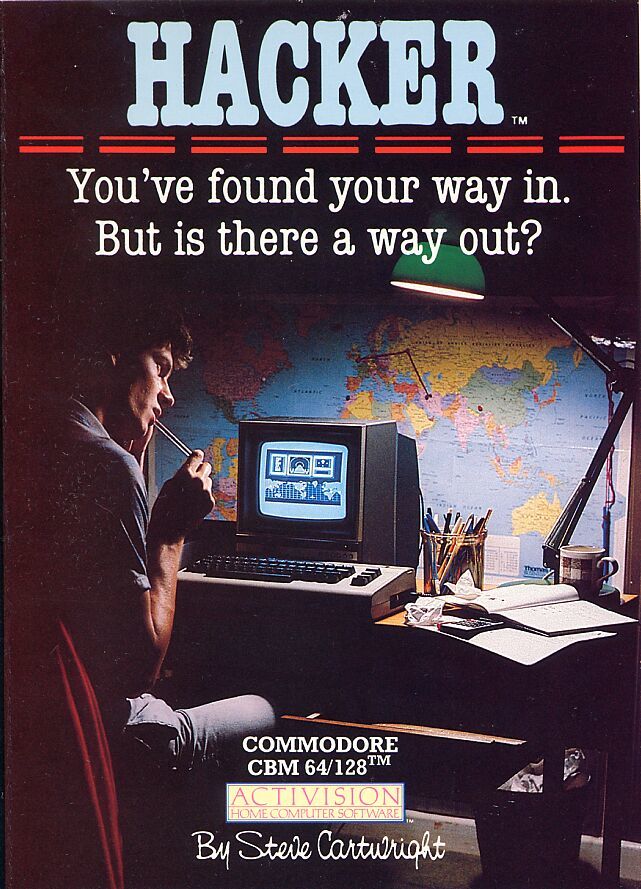
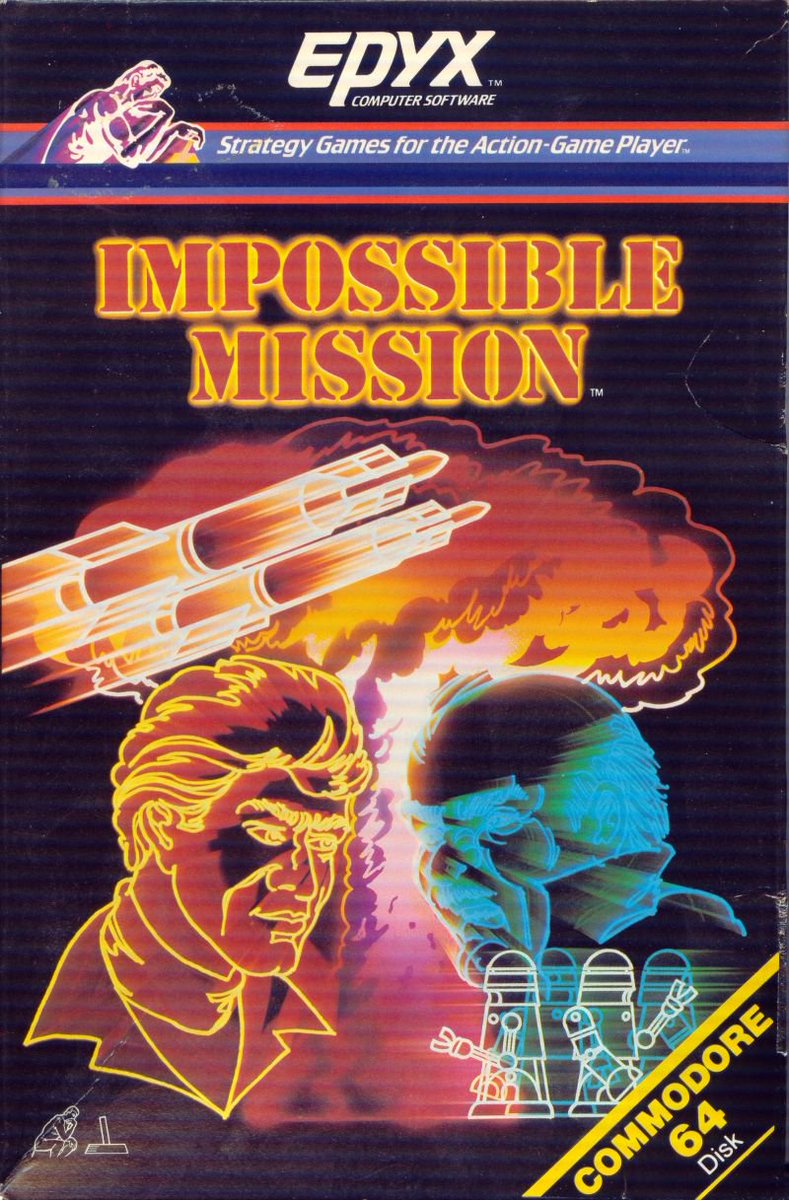
Which, of course, worried the Stasi. You might think they'd be more concerned about citizens using home computers to publish samizdat magazines. Instead they fretted that Western computer games were undermining communist youth.
The Stasi began to infiltrate and report on the games being played at East German computer clubs, and soon had their own prescribed list of suspect titles: possession of one of them could mark you out as a dissident or a malcontent. 
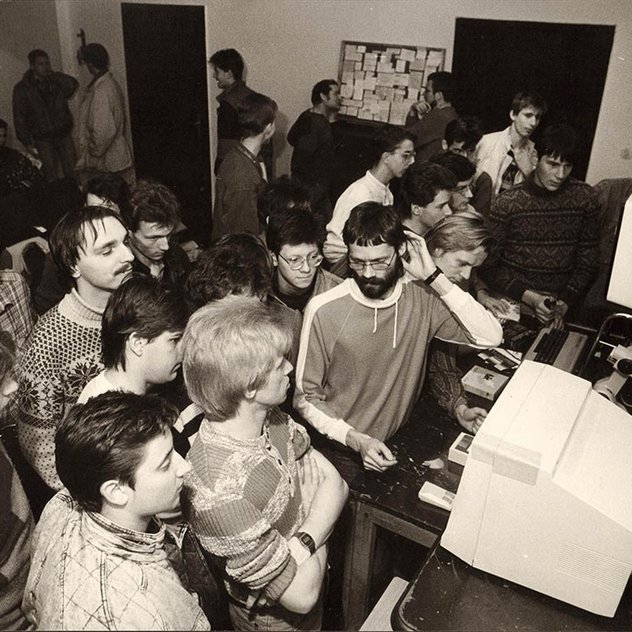
Blue Max, a 1983 WWI fighter game, was on the list because of its warlike nature and emphasis on shooting and bombing opponents.
Rambo 2 from 1985 was certainly on the Stasi worry list: a violent game where a US imperialist shoots dead as many loyal communist allies as possible. 

But top of the Stasi worry list was was 1984's Raid Over Moscow. Anyone playing it was immediately suspect: who in their right mind would fantasize about attacking the great patriotic motherland?
The Stasi view of East German gamers was withering: they called themselves "freaks", they clearly had a negative attitude and "this could cause serious problems.” Commodore 64 users were warmongers! 
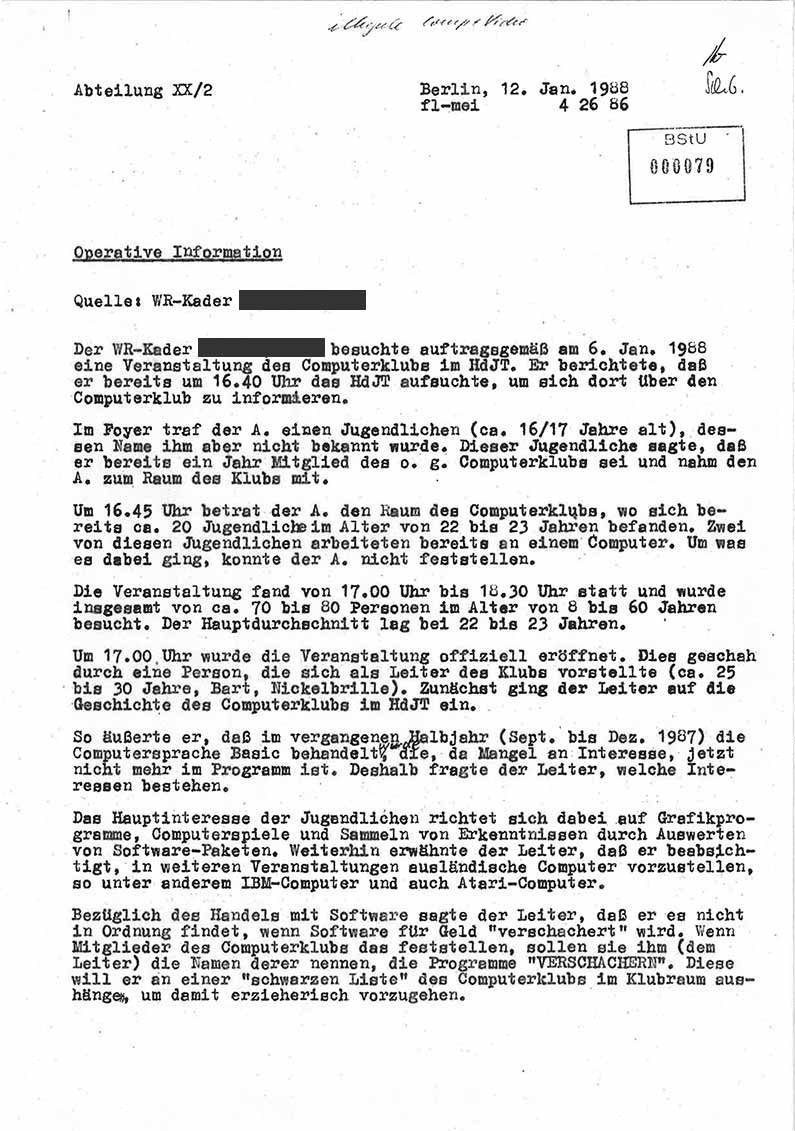
But the East German gamers had the last laugh: they simply put up signs in their computer clubs saying no violent military games were allowed. Make love, not war, with the Commodore 64!
More hidden history another time...
More hidden history another time...
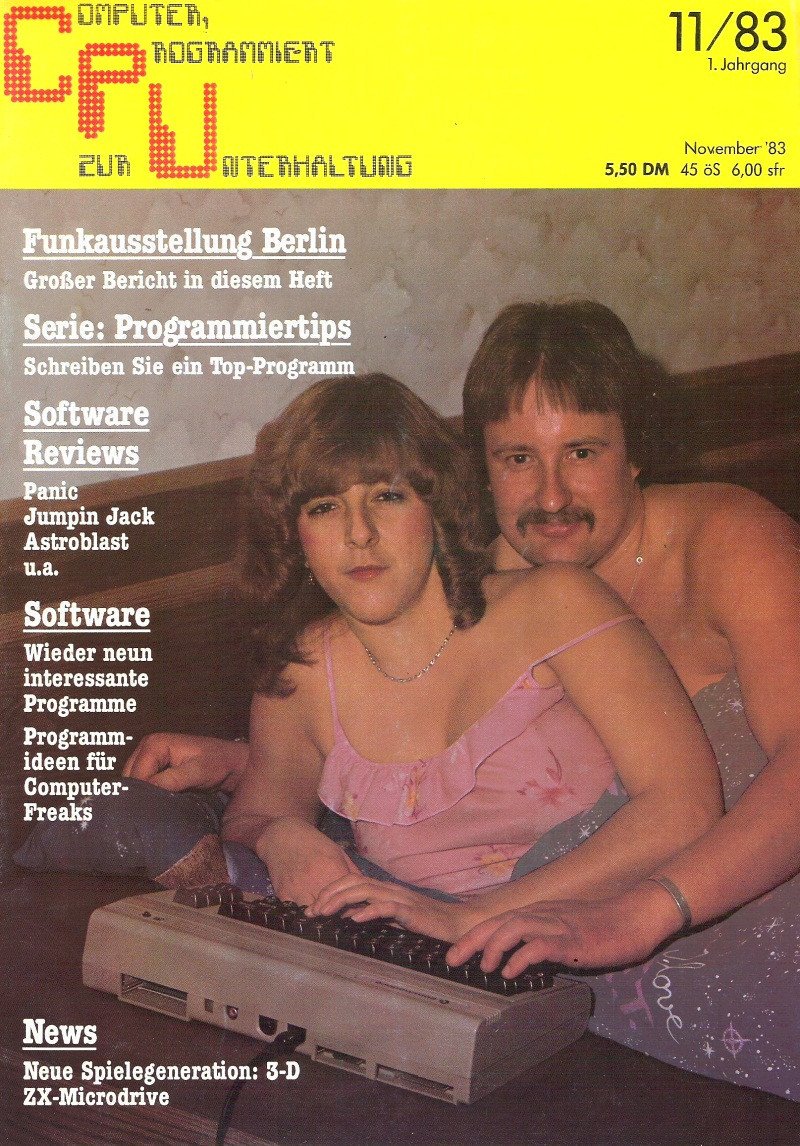
• • •
Missing some Tweet in this thread? You can try to
force a refresh























